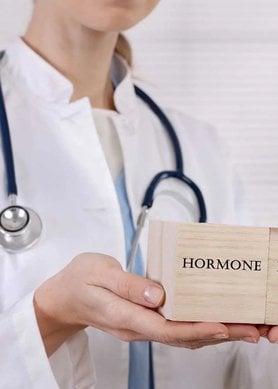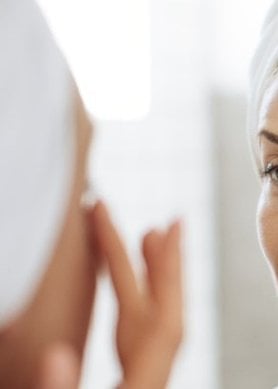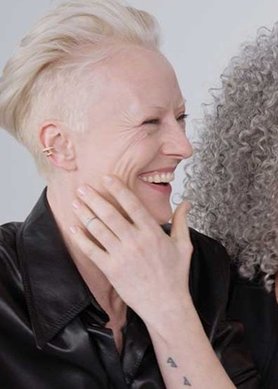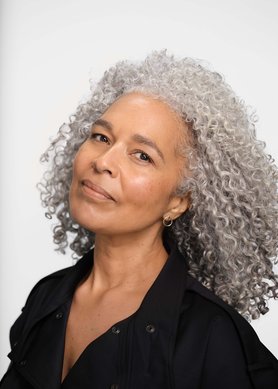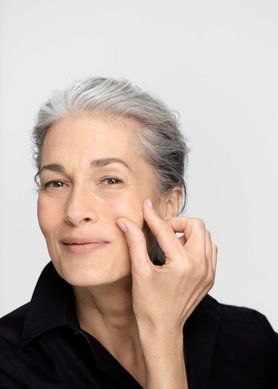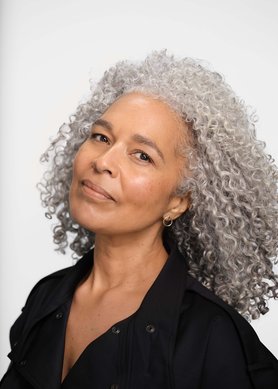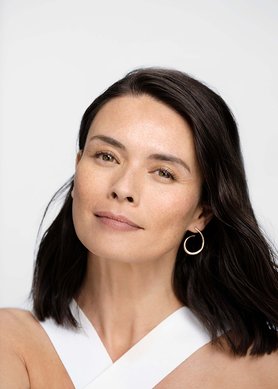Skin changes during menopause with ovaries producing less estrogen
Here’s what’s going on in your skin, or, more accurately, what isn’t going on anymore.
Estrogens, notably 17β-estradiol, are powerful antioxidants and their misbalance causes cell damage related to oxidative stress (an imbalance of free radicals and antioxidants)(1). Essentially, reduction of estrogen causes the excess of free radicals and this is the key to understanding how skin ages.
The skin is the first organ impacted by estrogen levels that drop during the menopause.
What happens exactly to skin cells and its protective layers of tissue?
The decline in estrogens and the resulting rise in free radicals modifies different types of cells, the interaction between those cells, and the layers of tissue in which the cells evolve: the extracellular matrix.
The skin is impacted in many ways and here are some:
• a reduction in the thickness and barrier function on keratinocytes (superficial cells) that build the epidermis
• a decrease in proliferation of dermal fibroblasts, responsible for the production of the extracellular matrix, and decline in their syntheses (collagen)
• an activation of enzyme degradation on the extracellular matrix, most notably impacting collagen and elastin (metalloprotease proteins).
• decline in sebum production
• reduced hydration of the skin
• alteration of microcirculation (blood circulation), leading to hot flashes and also less oxygenation and nutrition to the cells
• hair density modification, leading to hair loss
• appearance of cellulite
• scar recovery slower
Generally, intrinsic aging or so called chronological aging diminishes estrogen production which results in fine lines, thinner, more fragile and less toned skin.
This process happens fairly rapidly, and it is common to notice five years after menopause, in the absence of any complementary treatments, a loss of 30% of our skin’s protein structure(2).
Extrinsic aging due to UV and pollution exposure and tobacco consumption can also add to oxidative stress, resulting in deeper lines and age spots.
Key elements to remember
• Reduction of estrogen (powerful antioxidant) during the menopause amplifies process of skin ageing
• During menopause skin becomes: less hydrated, elastic and dense, fine lines appear, skin if overall thinner, more fragile and less toned
SOURCES:
1. The role of estrogen in cutaneous ageing and repair.
Wilkinson HN, Hardman MJ.
Maturitas. 2017 Sep;103:60-6
2. Symptoms of menopause - global prevalence, physiology and implications.
Monteleone P, Mascagni G, Giannini A, Genazzani AR, Simoncini T.
Nat Rev Endocrinol. 2018 Apr;14(4):199-215

.jpg?rev=bfee14ad648647eaa3293cb1947b7031&cx=0.9&cy=0.48&cw=400&ch=389&hash=F30AC0B81B9A8F3B78C50ED232BB48C2)
